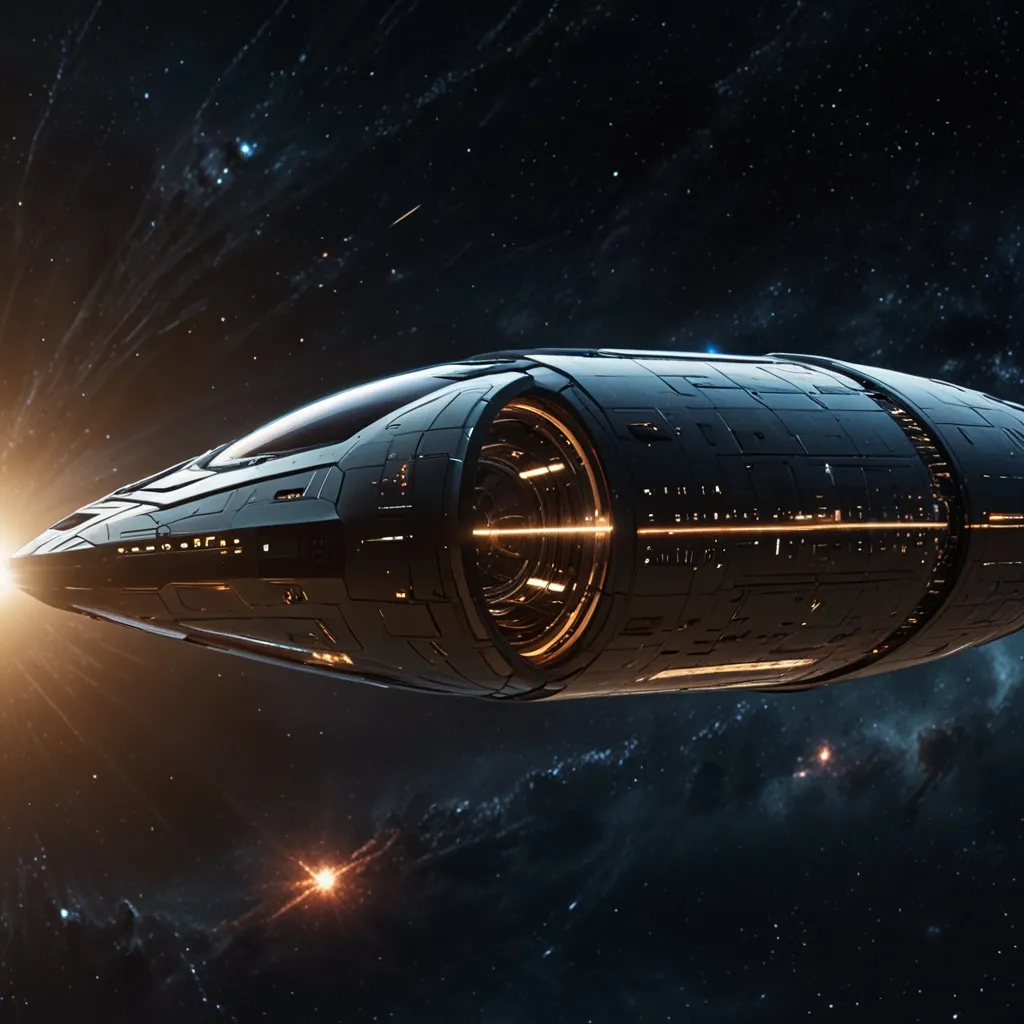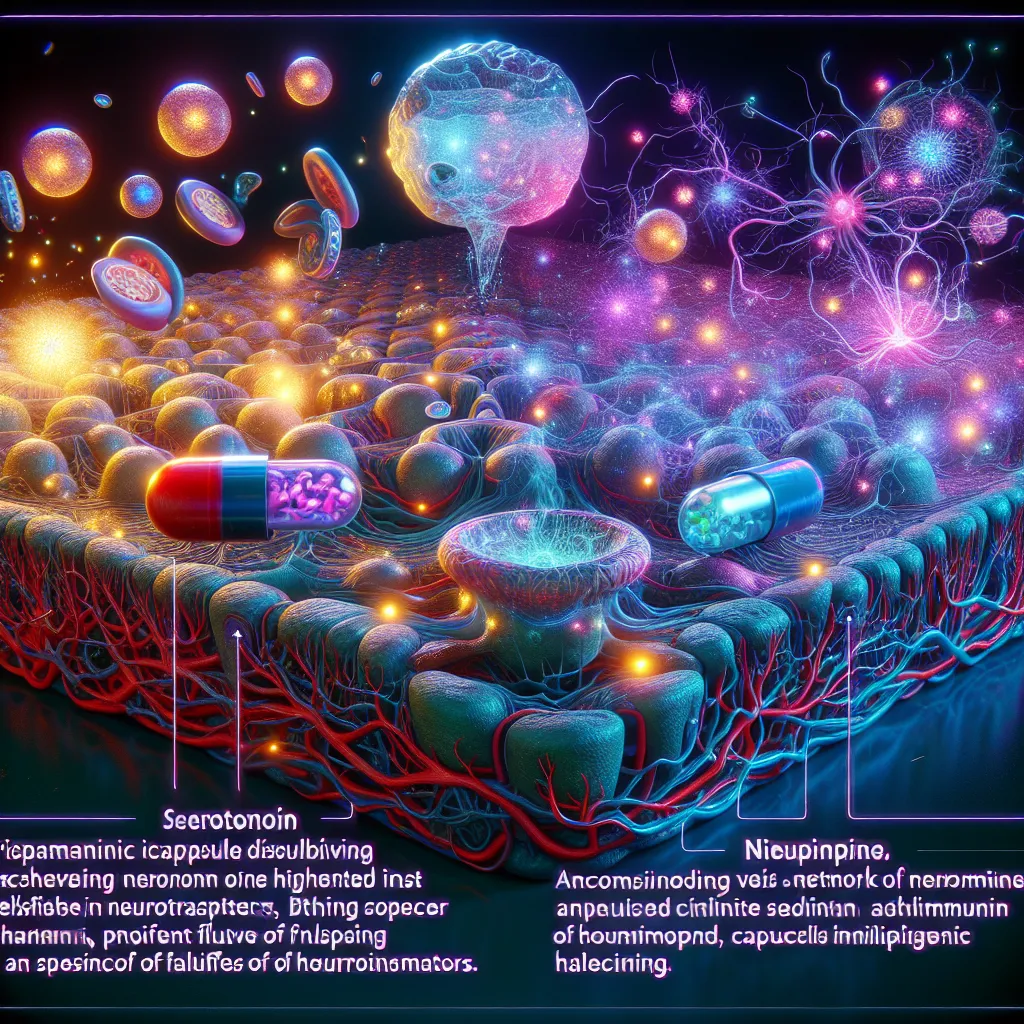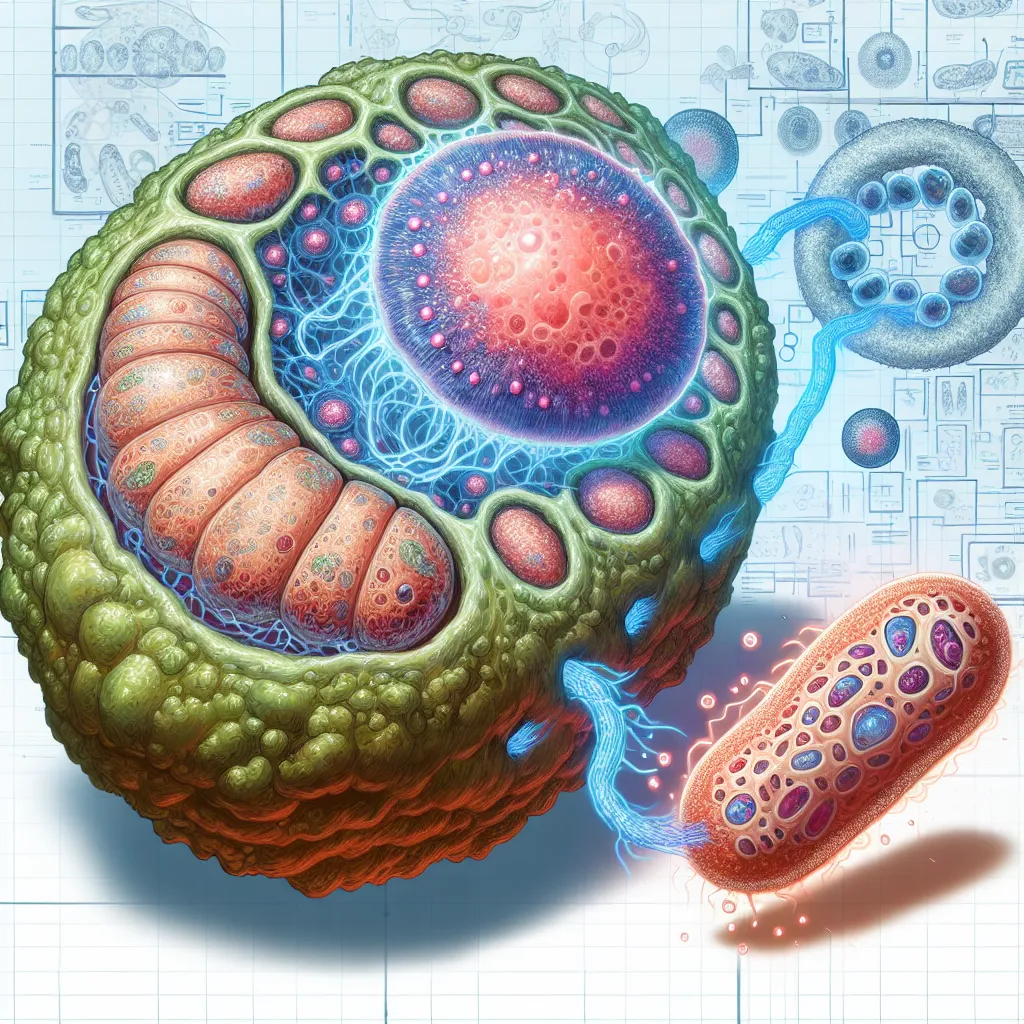The speed of light is widely recognized as the ultimate speed limit in the universe, setting the maximum rate at which information or communication can traverse the cosmos. To put it in perspective, a beam of light can circle the Earth nearly eight times in just one second. Yet, when it comes to interstellar travel, even this remarkable speed falls woefully short. The vast distances between stars mean that traveling to the closest star system, Proxima Centauri, would still take over four years. Reaching other recently discovered exoplanets that might support life would require hundreds or even thousands of years.
This speed limitation raises a critical question: Are humans destined to remain confined to our solar system forever? Popular culture, like Star Trek, portrays futuristic captains effortlessly hopping between star systems using warp drives—technology that allows them to travel faster than light. Could such technology exist in reality?
In 1994, Mexican physicist Miguel Alcubierre proposed a theoretical warp drive that could theoretically function within the known laws of physics. This warp drive would require massive amounts of negative mass or energy—a concept that doesn’t physically exist. While it’s a fascinating mathematical theory, it isn’t practically viable.
However, hope isn’t entirely lost. A recent paper by the Advanced Propulsion Laboratory at Applied Physics presents a physically feasible warp drive requiring no negative energy. This innovation could potentially lead to interstellar travel. The authors, Alexei Bobrick and Gianni Martire, carried forward Alcubierre’s ideas, achieving deeper insights and proposing realistic solutions.
To grasp how these drives might work, we must delve into Einstein’s theory of general relativity, which defines how gravity operates as a curvature in space-time rather than a force. Essentially, the spacetime around an object curves, creating a ‘neutral’ bubble that allows the object to move without experiencing time dilation inside the bubble.
Alcubierre had contended that it was possible to create such a spacetime bubble. However, the need for negative mass made the practical application impossible. Bobrick and Martire’s research revealed that even with negative mass, a ship wouldn’t automatically accelerate. It would still need some form of energy to propel it—similar in principle to how rocket engines function by expelling gases that push the rocket forward.
Their breakthrough came with the realization that significant fractions of light speed could be achieved with the right conditions. They classified warp drives into different types, with only “Class 1” drives being physically possible, which don’t exceed the speed of light.
One ingenious proposal involves constructing a highly massive ship, perhaps of neutron-star-like density. Time dilation would allow passengers to experience much shorter travel times relative to Earth. For instance, a ship traveling to Proxima Centauri at half the speed of light would take nine Earth years, but only ten months would pass onboard.
Energy requirements remain a key obstacle. Bobrick and Martire suggest innovative propellant methods, including fusion and gravitational accretion, converting a ship’s mass into kinetic energy. Though the task is immense, it doesn’t violate the laws of physics, unlike Alcubierre’s drive with its unfeasible negative energy demands.
In another 2021 paper, physicist Erik Lentz proposed a viable warp bubble using only positive energy, capable of potentially moving at any speed, including faster than light. While the mathematics are complex, this work represents a valuable advancement in warp drive research.
As science edges closer to making theoretical warp drives a reality, many challenges remain. Nevertheless, these strides make interstellar travel seem less like fantasy and more like a future possibility. The dream of Star Trek-esque voyages could shift from science fiction to science fact; the question now is not if but when. Through ongoing research and development, interstellar journeys might one day become part of human history.






